
Roots
Have you ever found yourself wondering why, despite your diligent care, your textured strands seem to thirst for moisture, drying out with a speed that feels almost counterintuitive? It is a question that whispers through many a wash day, a quiet observation that prompts a deeper look into the very essence of what makes our hair unique. To truly understand this characteristic, we must journey to the foundational elements, to the microscopic architecture that defines textured hair, exploring its anatomy and the subtle ballet of its biological processes.
The story of textured hair and its affinity for dryness begins not on the surface, but deep within the scalp, at the hair follicle itself. Unlike the perfectly cylindrical follicles that give rise to straight strands, those producing textured hair possess an elliptical or flattened shape. This distinctive contour dictates the hair shaft’s growth pattern, compelling it to coil and bend as it emerges. These inherent curves, spirals, and zig-zags are the very hallmarks of textured beauty, yet they also present specific challenges to moisture retention.

The Architecture of the Hair Shaft
Each individual hair strand is a complex structure, a marvel of biological engineering. At its core, the hair shaft comprises three primary layers ❉ the medulla, the cortex, and the cuticle.
- Medulla ❉ The innermost layer, often absent in finer hair types, contributes to the hair’s bulk and can influence its overall density.
- Cortex ❉ This is the central powerhouse, forming the majority of the hair’s mass. It contains the keratin proteins that provide strength and elasticity, alongside the melanin pigments that give hair its color. The cortex is also where water molecules reside, playing a crucial role in the hair’s hydration.
- Cuticle ❉ The outermost protective shield, composed of overlapping, scale-like cells. In healthy, straight hair, these cells lie flat and smooth, resembling roof shingles, creating a relatively impermeable barrier that locks moisture within the cortex and reflects light, imparting shine.
For textured hair, the cuticle’s arrangement differs significantly. The natural bends and twists of the hair shaft cause these cuticle scales to lift and separate at various points along the strand. Imagine a winding road with open gates at every turn; moisture, rather than being sealed in, finds numerous avenues for escape. This lifted cuticle not only allows water to evaporate more quickly from the cortex but also makes the hair more susceptible to external aggressors and mechanical damage.
The elliptical shape of the hair follicle profoundly shapes textured hair’s inherent inclination towards dryness.
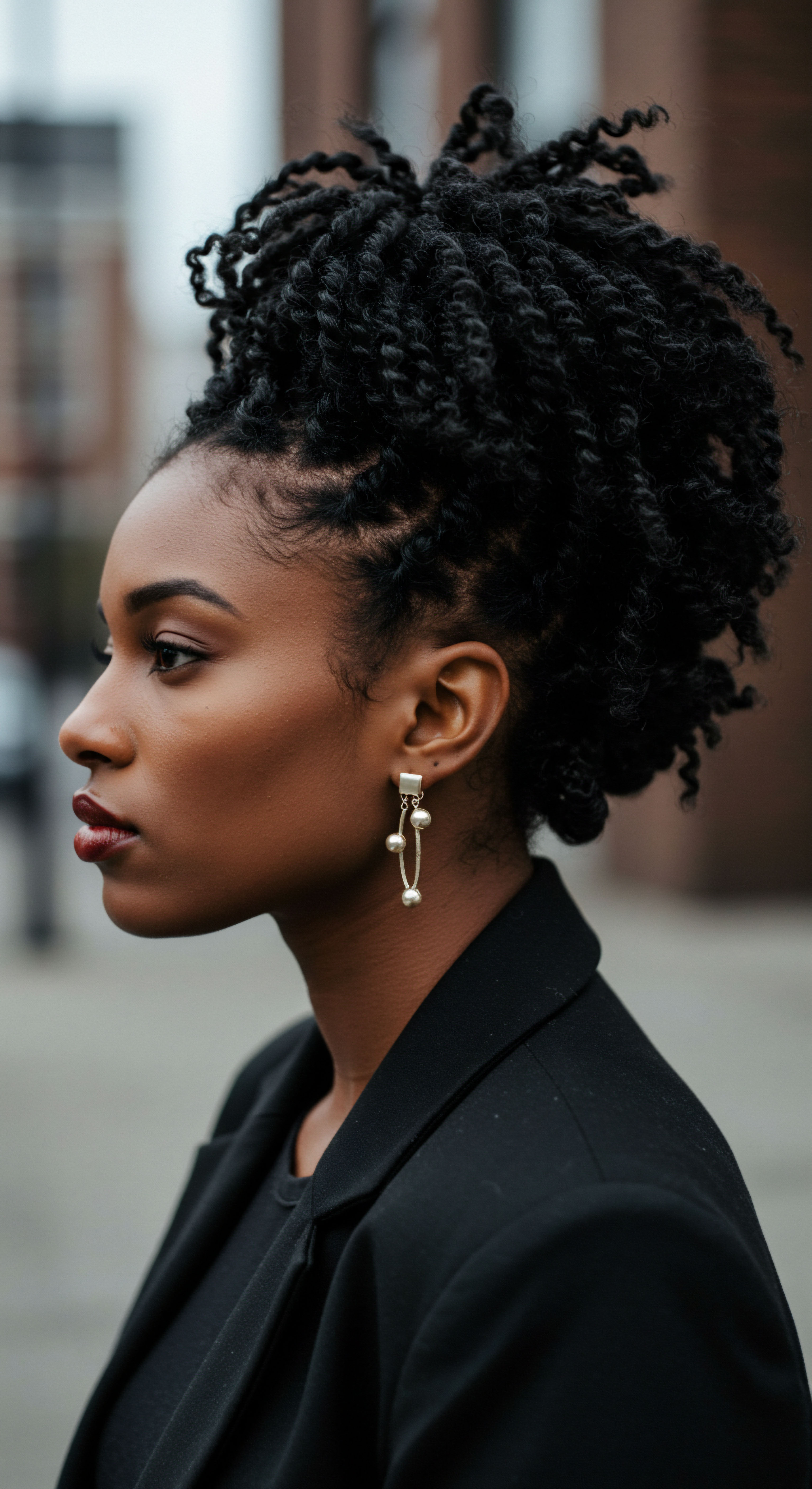
The Sebaceous Gland and Its Journey
Another fundamental aspect of hair health is sebum, the natural oil produced by the sebaceous glands located adjacent to each hair follicle. Sebum serves as the hair’s natural conditioner, lubricating the strands, providing a protective barrier, and contributing to its sheen. In straight hair, this oily substance can travel down the smooth, straight shaft with relative ease, distributing its protective benefits evenly from root to tip.
However, the coiled configuration of textured hair presents a significant obstacle to sebum’s journey. The twists and turns create a labyrinthine path, impeding the smooth descent of these vital oils. As a result, the scalp area might experience an accumulation of sebum, while the mid-lengths and ends of the hair strands receive minimal natural lubrication. This uneven distribution means that the very portions of the hair most exposed to environmental elements and daily manipulation are left without their intrinsic protective coating, leaving them vulnerable to moisture loss and subsequent dryness.

Understanding Hair Porosity
The concept of hair porosity speaks directly to the hair’s ability to absorb and retain moisture. It is a spectrum, influenced by the state of the cuticle layer.
| Porosity Type Low Porosity |
| Cuticle Condition Tightly Closed |
| Moisture Absorption Slow to absorb |
| Moisture Retention Good retention |
| Porosity Type Normal Porosity |
| Cuticle Condition Slightly Raised |
| Moisture Absorption Balanced absorption |
| Moisture Retention Balanced retention |
| Porosity Type High Porosity |
| Cuticle Condition Lifted, Gaps Present |
| Moisture Absorption Quick to absorb |
| Moisture Retention Quick to release |
| Porosity Type Textured hair often exhibits characteristics of high porosity, contributing to its rapid drying. |
While not exclusively tied to textured hair, a significant proportion of textured hair individuals find their strands leaning towards higher porosity. This means that while water can enter the hair shaft quickly, it departs with equal haste. This rapid absorption and equally rapid release create a continuous cycle of hydration and dehydration, often leaving the hair feeling perpetually dry, despite efforts to moisturize. The lifted cuticles, a consequence of the hair’s natural coil, contribute significantly to this phenomenon, acting as open windows through which precious moisture escapes into the surrounding atmosphere.
The foundational understanding of these intrinsic characteristics—the elliptical follicle, the naturally lifted cuticle, and the challenge of sebum distribution—provides the bedrock for comprehending why textured hair often experiences dryness. It is a testament to its unique biology, calling for a care approach that honors these distinctions.

Ritual
Having delved into the inherent architecture of textured hair, we now turn our attention to the daily and weekly practices that shape its hydration narrative. The choices we make, the products we select, and the methods we employ all play a significant role in either mitigating or exacerbating the natural inclination of textured hair to dry out. This section explores the practical wisdom, the ‘ritual,’ that transforms understanding into action, guiding us toward practices that foster lasting moisture and vitality.

Cleansing with Care
The cleansing process, seemingly straightforward, holds profound implications for textured hair’s moisture levels. Traditional shampoos, often laden with harsh sulfates, are designed to aggressively strip away oils and buildup. While effective at cleaning, for textured hair, this can be a detrimental act. The naturally sparse and unevenly distributed sebum on the hair shaft means that stripping it completely leaves the strands defenseless against moisture loss.
A gentler approach to cleansing is paramount.
- Sulfate-Free Shampoos ❉ Opting for cleansers that utilize milder surfactants helps to remove impurities without completely divesting the hair of its precious natural oils. This preserves the delicate lipid barrier, allowing for a more balanced cleansing experience.
- Co-Washing ❉ For some, particularly those with very dry or highly porous hair, alternating traditional shampoo with a cleansing conditioner, or “co-washing,” can provide a softer cleanse, adding moisture back into the hair rather than removing it. This method relies on conditioning agents to lift dirt and product residue, minimizing stripping.
- Frequency ❉ Adjusting the frequency of washes to suit individual needs is also vital. Over-washing can lead to chronic dryness, while too infrequent washing can result in product buildup that hinders moisture absorption. Finding that personal rhythm is a significant step in the moisture retention ritual.
Gentle cleansing practices are a cornerstone for preserving textured hair’s delicate moisture balance.
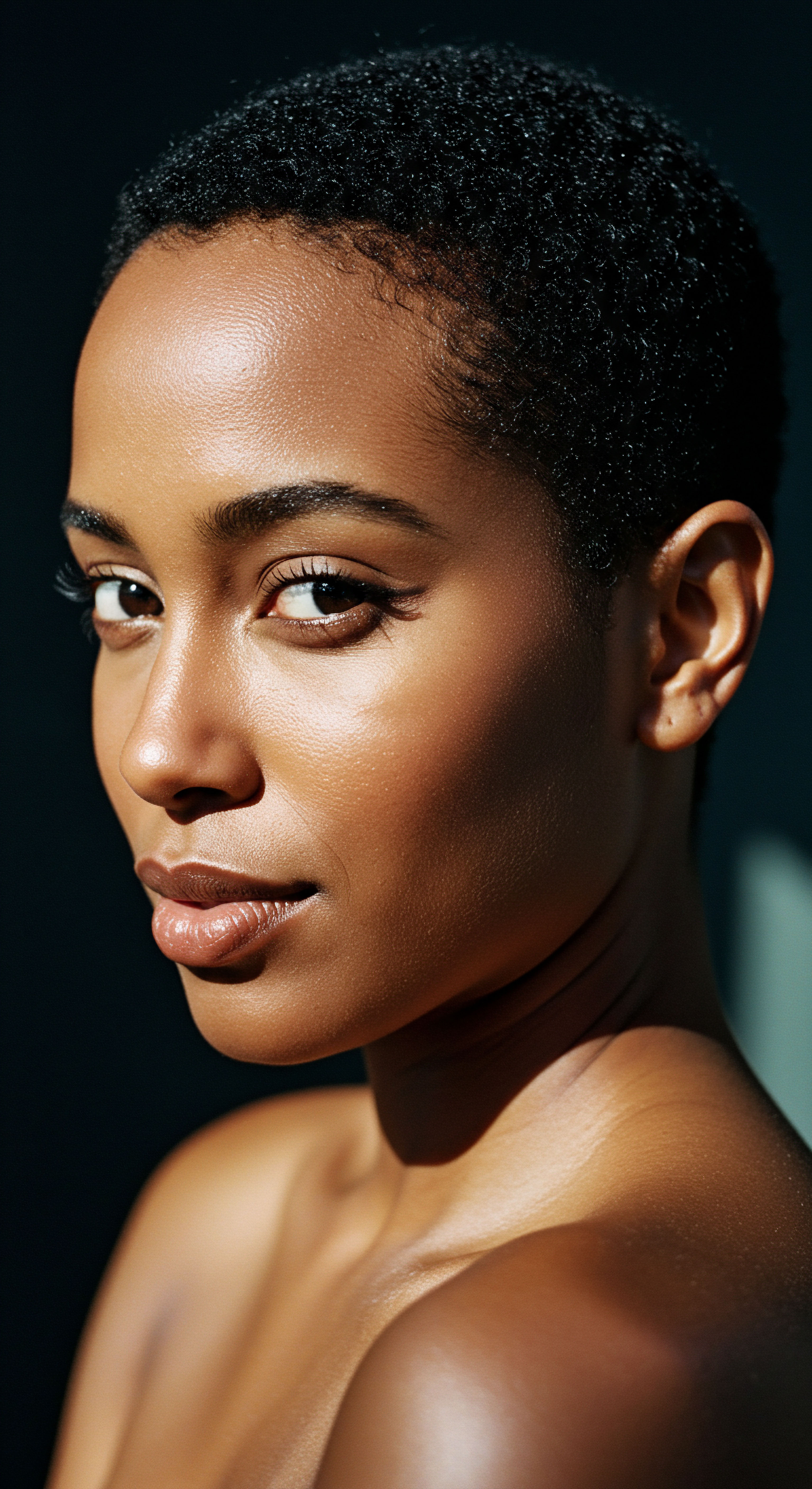
The Power of Deep Conditioning
Conditioning is not merely a step; it is a profound act of replenishment for textured hair. After cleansing, the hair’s cuticle may be slightly raised, making it receptive to beneficial ingredients. Deep conditioners, formulated with humectants, emollients, and proteins, are designed to penetrate the hair shaft, infusing it with moisture and strengthening its internal structure.
The application of heat during deep conditioning can significantly enhance its efficacy. Gentle warmth helps to slightly lift the cuticle further, allowing the conditioning agents to penetrate more deeply into the cortex. This is why practices such as using a hooded dryer, a steamer, or even a warm towel wrapped around conditioned hair are often recommended. The goal is to saturate the hair with moisture and then provide the necessary components to help seal it in.

Sealing the Moisture
Given textured hair’s propensity for rapid moisture loss, sealing becomes a critical final step in any hydration ritual. This involves applying a product that creates a protective layer over the hair shaft, acting as a barrier to slow down water evaporation.
Commonly, this involves the “LOC” or “LCO” method ❉
- Liquid/Leave-In ❉ Begin with a water-based leave-in conditioner or simply water to hydrate the hair. This is the moisture you are attempting to seal.
- Oil ❉ Apply a lightweight oil to form a hydrophobic layer, slowing the escape of the water. Examples include jojoba, grapeseed, or sweet almond oil.
- Cream ❉ Follow with a cream-based moisturizer to provide additional conditioning and further seal the cuticle.
This layering approach works synergistically to deliver and then lock in hydration. The oil and cream create a physical barrier, effectively reducing the rate at which water molecules can diffuse out of the hair shaft. Without this sealing step, even the most thorough hydration efforts can be fleeting, as the hair’s naturally lifted cuticle allows moisture to dissipate into the atmosphere.

Heat and Its Implications
While gentle heat can aid in deep conditioning, excessive or improper heat styling is a significant contributor to dryness and damage in textured hair. High temperatures from flat irons, curling wands, and even blow dryers can lift and fracture the cuticle, creating more pathways for moisture loss. This damage is often cumulative, leading to chronically dry, brittle strands.
When heat styling is desired, prioritizing a safety-first approach is essential ❉
- Heat Protectants ❉ Always use a heat protectant, which creates a barrier between the hair and the heat source, minimizing direct thermal damage.
- Lower Temperatures ❉ Utilize the lowest effective temperature setting on styling tools.
- Infrequent Use ❉ Limit the frequency of heat styling to allow the hair time to recover and replenish its moisture.
The ritual of textured hair care is a dance between respecting its inherent qualities and actively supporting its need for moisture. It is a mindful process, where each step contributes to the overall health and vibrancy of the strands, transforming the challenge of dryness into an opportunity for intentional nourishment.

Relay
As we deepen our conversation about why textured hair often feels perpetually parched, we move beyond the visible characteristics and daily rituals to a more intricate domain. Here, science and cultural understanding converge, revealing layers of complexity that challenge simplistic notions of dryness. This section aims to unravel some of the less apparent factors, drawing upon research and nuanced observations that transcend surface-level discussions, inviting a profound understanding of textured hair’s moisture dynamics.

The Paradox of Lipids
One might intuitively assume that dry hair signifies a lack of lipids, the natural fatty substances that provide lubrication and a protective barrier. Yet, scientific inquiry presents a fascinating counterpoint for textured hair. Studies have indicated that Afro-textured hair possesses a notably high overall lipid content, estimated to be 2.5 to 3.2 times greater than that found in European and Asian hair types, respectively. This revelation often prompts a pause, prompting us to reconcile this abundance of internal lipids with the persistent experience of dryness.
The resolution to this seeming paradox lies not in the quantity of lipids, but in their distribution and the hair’s unique structural properties. While textured hair may contain more internal lipids, the irregular, coiled structure impedes the effective travel of sebum—the external lipid—from the scalp down the hair shaft. Furthermore, research suggests that the arrangement of these lipids within the hair structure, particularly in the cuticle layers, might influence permeability.
Although high in total lipids, textured hair can still exhibit a higher diffusion coefficient for water compared to straighter hair types, meaning water can move in and out of the hair fiber more rapidly. This implies a greater ease of water exchange, leading to quicker desiccation despite the internal lipid reserves.
Despite higher lipid content, textured hair’s structural nuances contribute to rapid moisture loss.
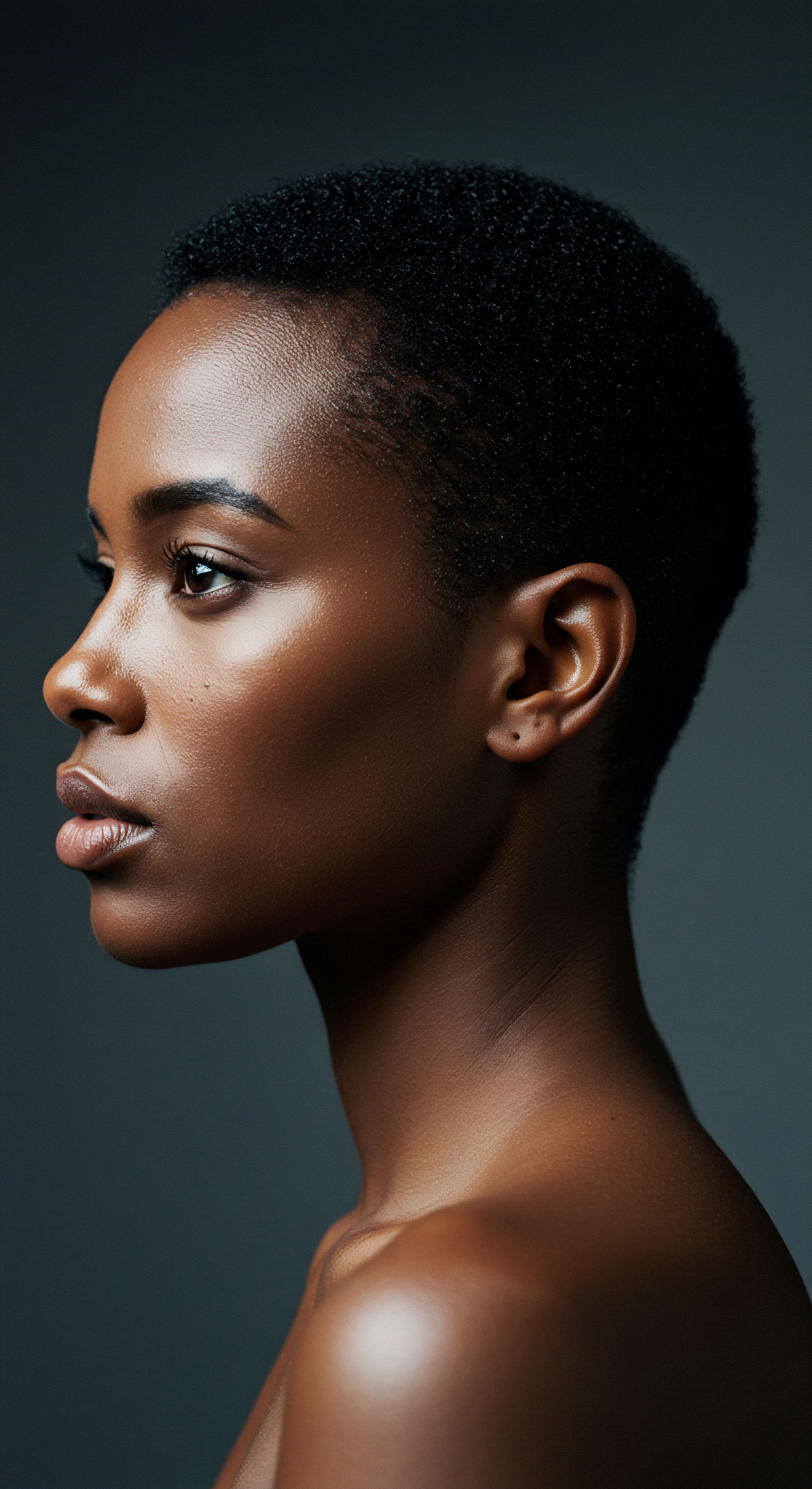
Water Diffusion and Environmental Influence
The interaction of textured hair with water is a delicate balance. While the hair can readily absorb water, its unique structure also facilitates its rapid release. This phenomenon is tied to the concept of water diffusion coefficients. Studies have shown that Asian and Caucasian hair types tend to exhibit lower diffusion coefficients for water compared to African hair.
A lower diffusion coefficient suggests a slower rate of water movement into and out of the hair fiber, implying better moisture retention. Conversely, a higher diffusion coefficient in textured hair means water can escape more swiftly, especially in environments with low humidity.
Consider the influence of the surrounding atmosphere. In arid climates or during dry seasons, the air actively pulls moisture from anything exposed, including hair. For textured hair, with its predisposed ability to release water quickly, this environmental pull becomes a significant challenge.
The cuticles, already prone to lifting, offer less resistance to this outward movement of water vapor. This constant battle against environmental dehydration underscores the importance of intentional moisture sealing, not merely as a cosmetic preference but as a biophysical necessity.

The Cycle of Hygral Fatigue
Repeated cycles of wetting and drying, a process known as hygral fatigue, can also contribute to the long-term dryness and fragility of textured hair. When hair absorbs water, it swells, and as it dries, it contracts. For textured hair, with its complex internal structure and lifted cuticle, these repeated swelling and deswelling actions place stress on the hair fiber. This constant expansion and contraction can weaken the hair’s internal bonds and further compromise the integrity of the cuticle.
| Factor Water Absorption |
| Effect on Hair Hair swells, cuticle lifts |
| Relevance to Textured Hair Rapid absorption, but also rapid release due to lifted cuticles. |
| Factor Water Desorption |
| Effect on Hair Hair contracts, moisture escapes |
| Relevance to Textured Hair Increased stress on hair bonds due to frequent cycles. |
| Factor Repeated Cycles |
| Effect on Hair Weakens internal bonds, compromises cuticle integrity |
| Relevance to Textured Hair Leads to chronic dryness, increased fragility, and breakage over time. |
| Factor Minimizing excessive wetting and drying cycles is crucial for maintaining textured hair health. |
The result is a hair shaft that becomes progressively more porous and susceptible to damage, perpetuating the cycle of dryness. This is particularly relevant for those who frequently wet their hair without adequately sealing in moisture, or who live in climates with significant humidity fluctuations. Understanding hygral fatigue encourages a more deliberate approach to washing and styling, prioritizing practices that minimize drastic shifts in the hair’s moisture content.
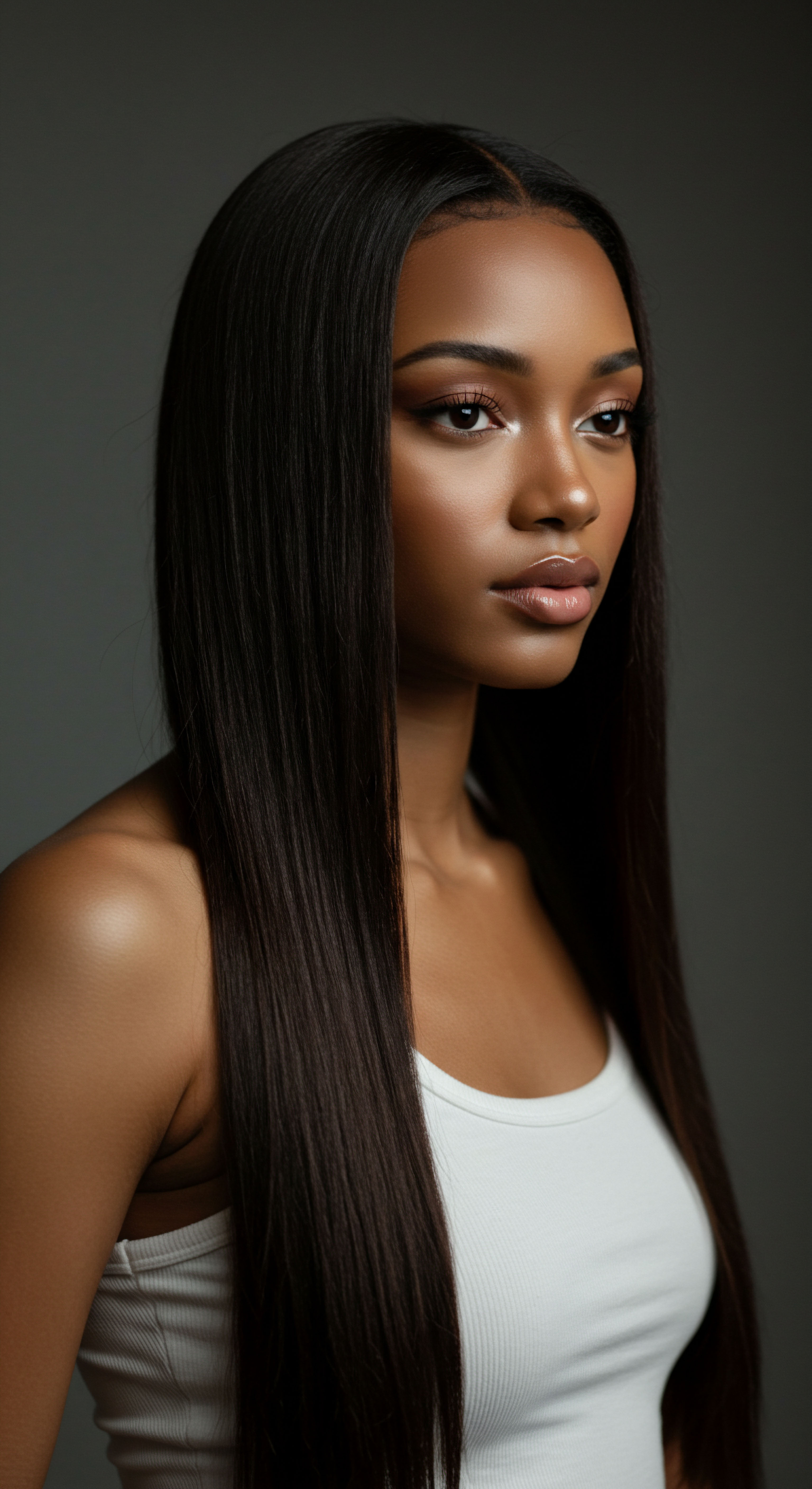
Chemical Treatments and Structural Alterations
Beyond daily practices and environmental factors, chemical treatments can significantly alter the inherent structure of textured hair, often leading to increased dryness. Processes such as chemical relaxers, permanent dyes, and even some forms of heat-activated straightening treatments work by disrupting the hair’s disulfide bonds and lifting the cuticle layer. While these treatments achieve desired aesthetic outcomes, they invariably compromise the hair’s natural protective barrier.
When the cuticle is chemically lifted or damaged, its ability to lie flat and seal in moisture is severely diminished. This creates a highly porous state, where water can rush in and out with even greater ease, accelerating the drying process. The internal structure of the hair can also be weakened, making it more prone to breakage and further moisture loss. This is why chemically treated textured hair often requires an even more rigorous and intentional hydration regimen to counteract the structural changes.
The exploration into these deeper scientific and environmental aspects reveals that textured hair’s dryness is a multifaceted phenomenon. It is a complex interplay of inherent biological design, the dynamics of water interaction, and the impact of both daily habits and chemical interventions. Recognizing these intricate connections allows for a more holistic and informed approach to nurturing textured strands.

Reflection
The journey into understanding why textured hair tends to dry out quickly has taken us through the microscopic wonders of its unique structure, the thoughtful practices of its care, and the intricate dance with environmental and chemical forces. It is a story not of deficiency, but of distinctiveness, a testament to the remarkable adaptability and beauty inherent in every coil and curl. To truly care for textured hair is to move beyond superficial remedies and to embrace a deeper appreciation for its biological narrative, recognizing that its needs are not universal but profoundly personal. As we continue to learn and share, what new insights might emerge, further illuminating the path to its enduring vibrancy?
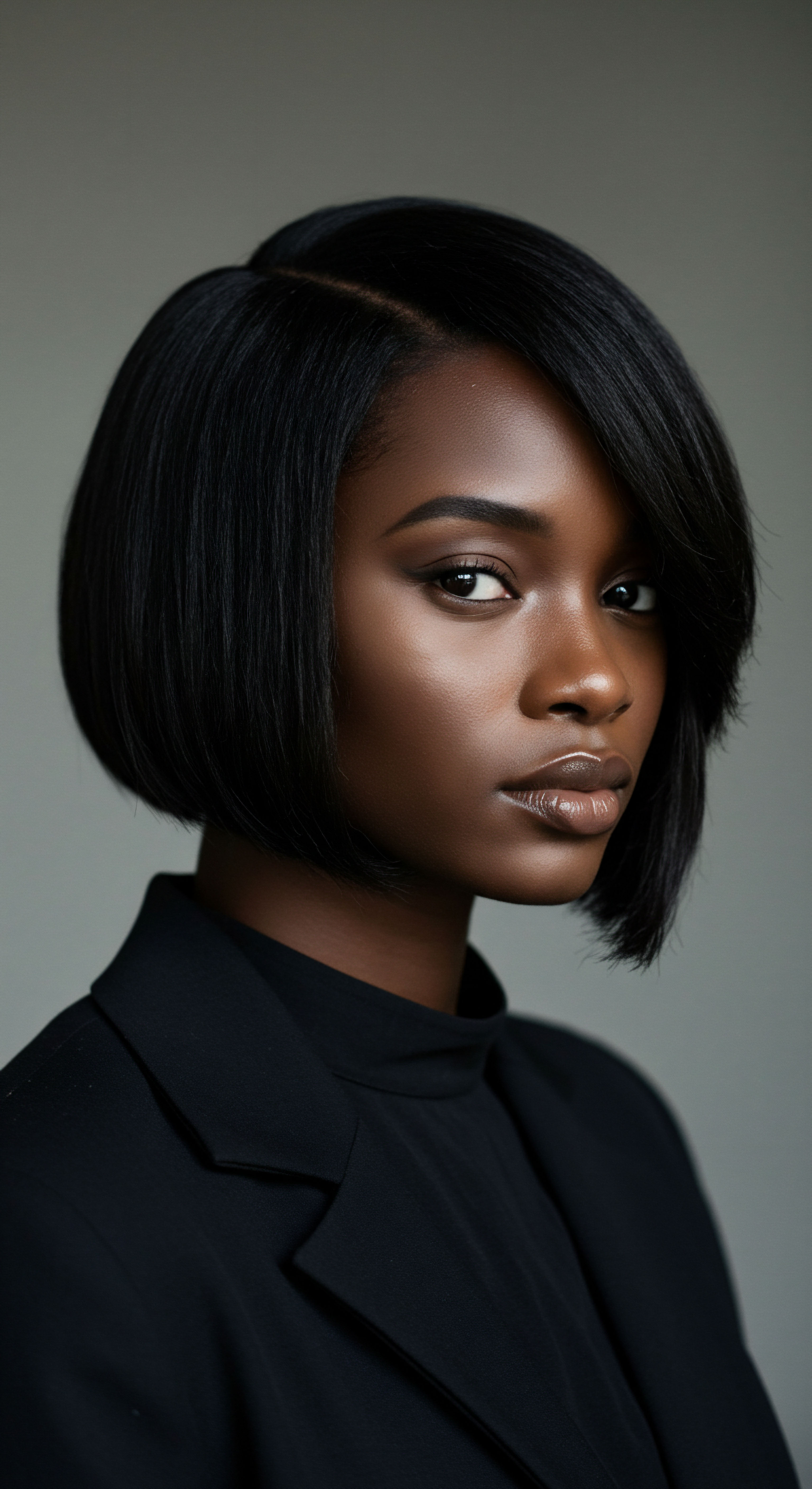
References
- Al-Hammami, S. A. Al-Zahrani, S. M. & Al-Amri, S. M. (2024). The Genomic Variation in Textured Hair ❉ Implications in Developing a Holistic Hair Care Routine. MDPI.
- Leite, L. R. & Maia Campos, P. M. B. G. (2017). Chemical and physical treatments damage Caucasian and Afro-ethnic hair fibre ❉ analytical and image assays. Journal of the European Academy of Dermatology and Venereology, 31(8), 1364-1371.
- Melo, J. P. da Silva, L. R. & Reis, J. E. (2019). The what, why and how of curly hair ❉ a review. Proceedings of the Royal Society A ❉ Mathematical, Physical and Engineering Sciences, 475(2232), 20190547.
- Puzan, M. et al. (2023). Hair Pores Caused by Surfactants via the Cell Membrane Complex and a Prevention Strategy through the Use of Cuticle Sealing. ResearchGate.
- Robins, C. R. & Syed, N. A. (2002). Correlating porosity to tensile strength. Cosmetics & Toiletries, 117(11), 57-62.
- Syed, N. A. & Davis-Sivasothy, A. (2011). The Science of Black Hair ❉ A Comprehensive Guide to Textured Hair Care. Saja Publishing Company.
- Tellez, R. D. & Choudhury, S. (2022). Hair Oils May Worsen Seborrheic Dermatitis in Black Patients. Cureus, 14(11).
- Yang, F. C. Zhang, Y. & Li, B. S. (2014). The structure of hair. In Hair ❉ Its structure and response to cosmetic preparations (pp. 1-13). Springer.
- Youssef, M. et al. (2023). Hair Lipid Structure ❉ Effect of Surfactants. MDPI.